 Technology peripherals
Technology peripherals
 AI
AI
 OPPO and its three parties jointly released a white paper on sustainable development of AI, adhering to the development of a healthy AI ecosystem.
OPPO and its three parties jointly released a white paper on sustainable development of AI, adhering to the development of a healthy AI ecosystem.
OPPO and its three parties jointly released a white paper on sustainable development of AI, adhering to the development of a healthy AI ecosystem.
Since last year, AI has experienced explosive growth. While AI is making people’s lives more convenient, concerns about AI have also arisen. The management and technological development of AI will inevitably require strong industry regulations. At the 2023 World Artificial Intelligence Conference (WAIC) held in Shanghai recently, OPPO, together with the East China Branch of the China Academy of Information and Communications Technology and the East China Branch of the China Academy of Information and Communications Technology, and Xi'an Jiaotong University jointly released the "Research on Trustworthy AI Security and Privacy Technology" white paper on the use of AI. supervision and other issues.
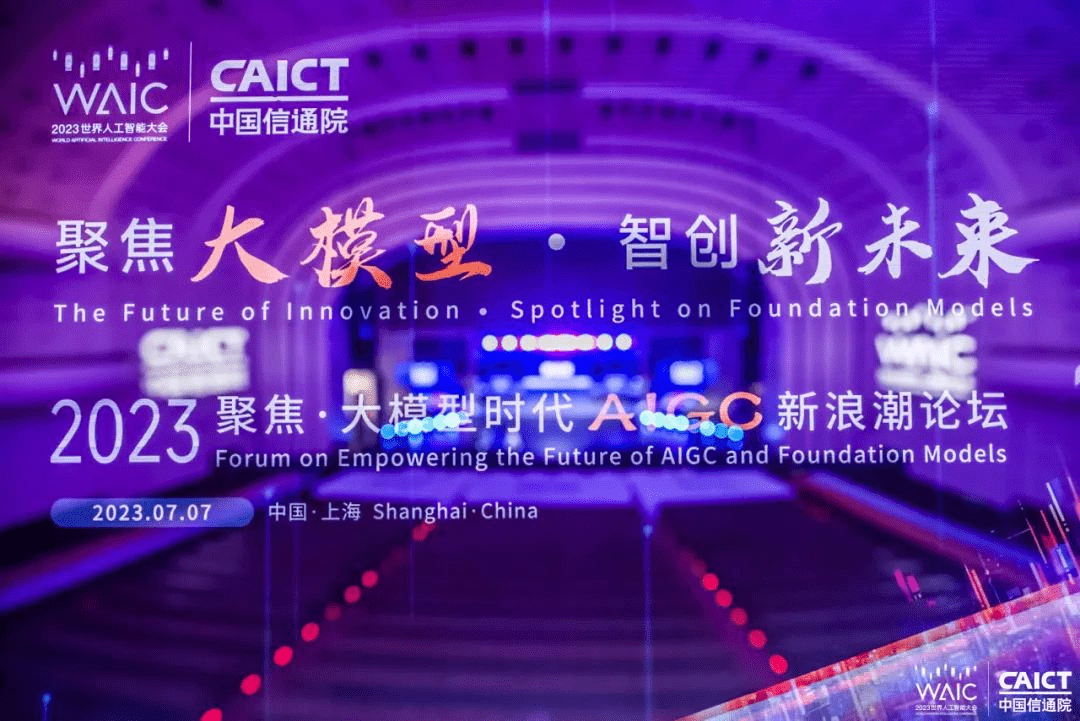
In the white paper, OPPO, together with the East China Branch of the China Academy of Information and Communications Technology, East China Branch of the China Academy of Information and Communications Technology, and Xi'an Jiaotong University, analyzed the current AI security risks. In the face of AI security and privacy challenges, the white paper believes that my country is currently in the process of trustworthy AI-related The establishment of standards is still in its infancy, and AI technology is still in the initial stage of industrialization. It is recommended to accelerate the establishment of trustworthy AI standards and supervision systems, focus on the training of trustworthy AI technical talents, and promote the solution and construction of hot and difficult issues in trustworthy AI. Trusted AI security level assessment and defense system to build an industry-wide trusted AI ecosystem.
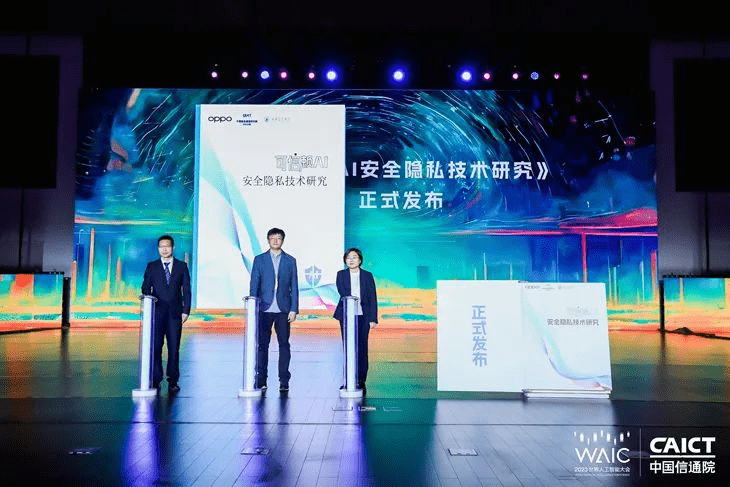
OPPO’s high attention to AI development issues is also based on the brand concept of “technology for people”, which was very obvious in its earlier cooperation with Xi’an University. As a double first-class university in China, Xi'an University has achieved fruitful results in the fields of domestic new energy, artificial intelligence, independent software research and development and application, and has a leading edge. On the previous day of Xi'an University's 126th anniversary, OPPO and Xi'an Jiaotong University officially signed a cooperation Agreement to jointly create a joint laboratory of "Mathematics and Future Ubiquitous Software Systems".
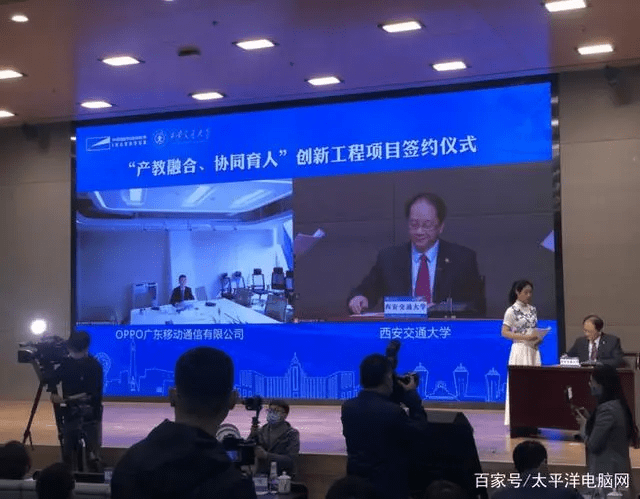
The Joint Laboratory also adheres to the theme of technology for people and the core goal of "user-centered ubiquitous service construction". Under the concept of the Internet of Everything, it conducts special research on the field of cross-platform and cross-device functional experience. Achieve dual training in talent and technology to promote the independent research and development transformation of China's ubiquitous operating system.
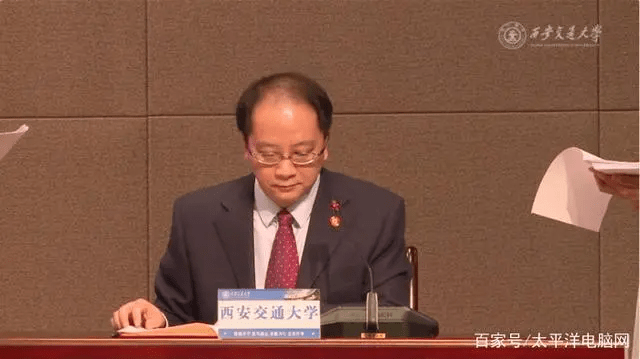
The signing between the two parties is not only in the research and development of ubiquitous operating systems, but also extends to the fields of mathematical research, optimization algorithms, big data applications and artificial intelligence multi-trees. They will carry out joint scientific research and engineering research. In the future, its research The latest software system technology, wireless communication system and blockchain technology applications will be oriented to terminals and fed back to users, implementing the brand concept of "technology for people".

Regarding AI, OPPO has been thinking about how to truly improve user experience. It is not only working on big data models, but is not limited to "more intelligent" aspects. In terms of 6G communications that have not yet arrived, OPPO has Shows more possibilities of AI.
OPPO Standards Research Department Minister Yang Ning pointed out in an interview with the "Communications Industry News" all-media reporter that 6G will bring about the transformation of application scenarios in the 5G era such as broadband multimedia entertainment, Internet of Vehicles, and smart homes. This is also the reason why 5G and The biggest difference in the 6G era is also the first step towards comprehensive AI-based life in the future.
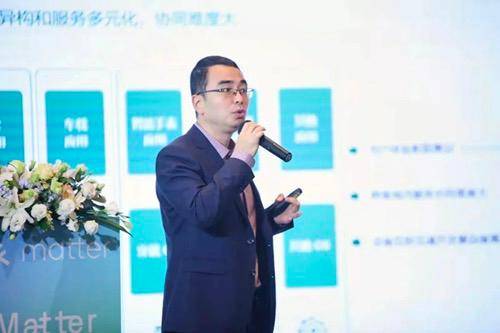
OPPO is not only galloping on the road of sustainable development, but also making full use of its core technology. Compared with manufacturers that simply "stack materials", without core technology, OPPO will definitely be eliminated. OPPO knows the truth and in Omdia In the recently released global smartphone market share data for the first quarter of 2023, OPPO ranks fourth. The reason why it can achieve such dazzling results relies on its core technology. According to the "Global Smartphone Market Share" released by the China Academy of Information and Communications Technology, In the Research Report on 5G Standard Essential Patents and Standard Proposals (2023), OPPO ranks among the top ten in terms of patent share, which shows its strength.
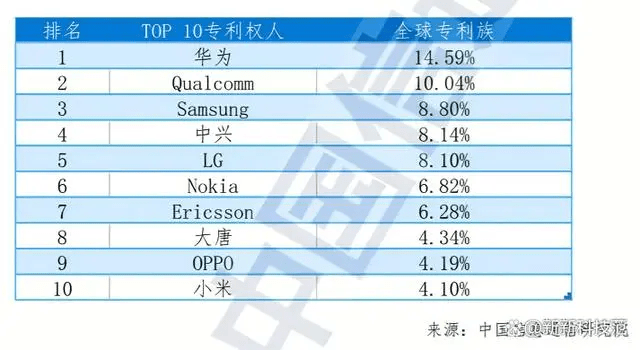
It is not difficult to see that OPPO has gradually transformed from a single mobile phone manufacturer into an ecological enterprise in recent years. OPPO knows that it cannot gain market recognition by relying on tricks alone, so OPPO has invested a lot of resources in both sustainable development and core technology. and time, adhering to the corporate philosophy of "technology for people" and bringing technology to everyone. I believe that OPPO will bring various innovative products and technologies in the future, so you may wish to look forward to it.
The above is the detailed content of OPPO and its three parties jointly released a white paper on sustainable development of AI, adhering to the development of a healthy AI ecosystem.. For more information, please follow other related articles on the PHP Chinese website!

Hot AI Tools

Undresser.AI Undress
AI-powered app for creating realistic nude photos

AI Clothes Remover
Online AI tool for removing clothes from photos.

Undress AI Tool
Undress images for free

Clothoff.io
AI clothes remover

AI Hentai Generator
Generate AI Hentai for free.

Hot Article

Hot Tools

Notepad++7.3.1
Easy-to-use and free code editor

SublimeText3 Chinese version
Chinese version, very easy to use

Zend Studio 13.0.1
Powerful PHP integrated development environment

Dreamweaver CS6
Visual web development tools

SublimeText3 Mac version
God-level code editing software (SublimeText3)

Hot Topics
 1382
1382
 52
52
 Centos shutdown command line
Apr 14, 2025 pm 09:12 PM
Centos shutdown command line
Apr 14, 2025 pm 09:12 PM
The CentOS shutdown command is shutdown, and the syntax is shutdown [Options] Time [Information]. Options include: -h Stop the system immediately; -P Turn off the power after shutdown; -r restart; -t Waiting time. Times can be specified as immediate (now), minutes ( minutes), or a specific time (hh:mm). Added information can be displayed in system messages.
 Sony confirms the possibility of using special GPUs on PS5 Pro to develop AI with AMD
Apr 13, 2025 pm 11:45 PM
Sony confirms the possibility of using special GPUs on PS5 Pro to develop AI with AMD
Apr 13, 2025 pm 11:45 PM
Mark Cerny, chief architect of SonyInteractiveEntertainment (SIE, Sony Interactive Entertainment), has released more hardware details of next-generation host PlayStation5Pro (PS5Pro), including a performance upgraded AMDRDNA2.x architecture GPU, and a machine learning/artificial intelligence program code-named "Amethylst" with AMD. The focus of PS5Pro performance improvement is still on three pillars, including a more powerful GPU, advanced ray tracing and AI-powered PSSR super-resolution function. GPU adopts a customized AMDRDNA2 architecture, which Sony named RDNA2.x, and it has some RDNA3 architecture.
 What are the backup methods for GitLab on CentOS
Apr 14, 2025 pm 05:33 PM
What are the backup methods for GitLab on CentOS
Apr 14, 2025 pm 05:33 PM
Backup and Recovery Policy of GitLab under CentOS System In order to ensure data security and recoverability, GitLab on CentOS provides a variety of backup methods. This article will introduce several common backup methods, configuration parameters and recovery processes in detail to help you establish a complete GitLab backup and recovery strategy. 1. Manual backup Use the gitlab-rakegitlab:backup:create command to execute manual backup. This command backs up key information such as GitLab repository, database, users, user groups, keys, and permissions. The default backup file is stored in the /var/opt/gitlab/backups directory. You can modify /etc/gitlab
 How to check CentOS HDFS configuration
Apr 14, 2025 pm 07:21 PM
How to check CentOS HDFS configuration
Apr 14, 2025 pm 07:21 PM
Complete Guide to Checking HDFS Configuration in CentOS Systems This article will guide you how to effectively check the configuration and running status of HDFS on CentOS systems. The following steps will help you fully understand the setup and operation of HDFS. Verify Hadoop environment variable: First, make sure the Hadoop environment variable is set correctly. In the terminal, execute the following command to verify that Hadoop is installed and configured correctly: hadoopversion Check HDFS configuration file: The core configuration file of HDFS is located in the /etc/hadoop/conf/ directory, where core-site.xml and hdfs-site.xml are crucial. use
 What are the methods of tuning performance of Zookeeper on CentOS
Apr 14, 2025 pm 03:18 PM
What are the methods of tuning performance of Zookeeper on CentOS
Apr 14, 2025 pm 03:18 PM
Zookeeper performance tuning on CentOS can start from multiple aspects, including hardware configuration, operating system optimization, configuration parameter adjustment, monitoring and maintenance, etc. Here are some specific tuning methods: SSD is recommended for hardware configuration: Since Zookeeper's data is written to disk, it is highly recommended to use SSD to improve I/O performance. Enough memory: Allocate enough memory resources to Zookeeper to avoid frequent disk read and write. Multi-core CPU: Use multi-core CPU to ensure that Zookeeper can process it in parallel.
 How to train PyTorch model on CentOS
Apr 14, 2025 pm 03:03 PM
How to train PyTorch model on CentOS
Apr 14, 2025 pm 03:03 PM
Efficient training of PyTorch models on CentOS systems requires steps, and this article will provide detailed guides. 1. Environment preparation: Python and dependency installation: CentOS system usually preinstalls Python, but the version may be older. It is recommended to use yum or dnf to install Python 3 and upgrade pip: sudoyumupdatepython3 (or sudodnfupdatepython3), pip3install--upgradepip. CUDA and cuDNN (GPU acceleration): If you use NVIDIAGPU, you need to install CUDATool
 How is the GPU support for PyTorch on CentOS
Apr 14, 2025 pm 06:48 PM
How is the GPU support for PyTorch on CentOS
Apr 14, 2025 pm 06:48 PM
Enable PyTorch GPU acceleration on CentOS system requires the installation of CUDA, cuDNN and GPU versions of PyTorch. The following steps will guide you through the process: CUDA and cuDNN installation determine CUDA version compatibility: Use the nvidia-smi command to view the CUDA version supported by your NVIDIA graphics card. For example, your MX450 graphics card may support CUDA11.1 or higher. Download and install CUDAToolkit: Visit the official website of NVIDIACUDAToolkit and download and install the corresponding version according to the highest CUDA version supported by your graphics card. Install cuDNN library:
 Detailed explanation of docker principle
Apr 14, 2025 pm 11:57 PM
Detailed explanation of docker principle
Apr 14, 2025 pm 11:57 PM
Docker uses Linux kernel features to provide an efficient and isolated application running environment. Its working principle is as follows: 1. The mirror is used as a read-only template, which contains everything you need to run the application; 2. The Union File System (UnionFS) stacks multiple file systems, only storing the differences, saving space and speeding up; 3. The daemon manages the mirrors and containers, and the client uses them for interaction; 4. Namespaces and cgroups implement container isolation and resource limitations; 5. Multiple network modes support container interconnection. Only by understanding these core concepts can you better utilize Docker.



